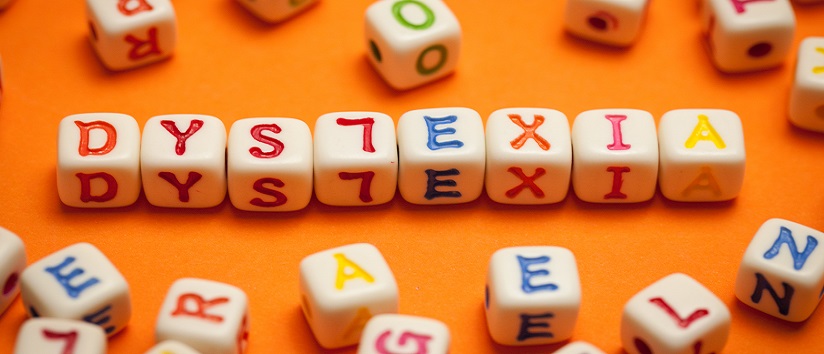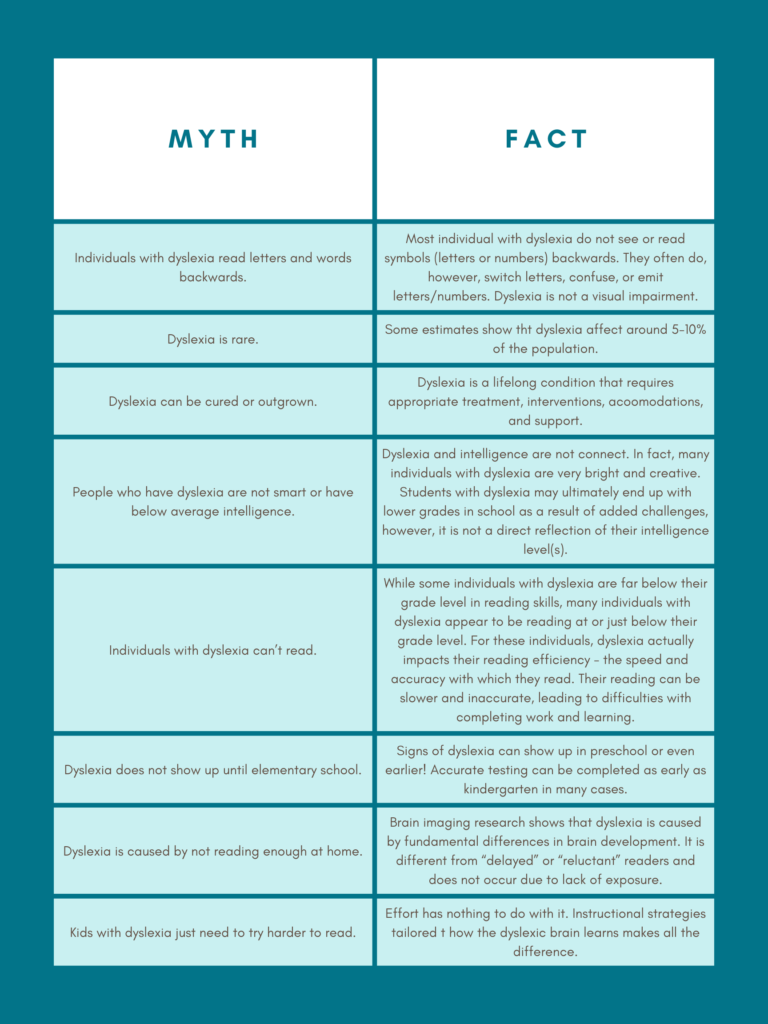Understanding Dyslexia: Myth Vs Fact


Despite being one of the most common learning disorders, dyslexia is frequently surrounded by misconceptions and myths that can lead to stigmatization and hinder effective treatment. Our goal is to debunk some of the most common myths about dyslexia and replace them with facts. We hope to provide accurate information that can help individuals with dyslexia, their families, educators, and the general public better understand this condition. From the myth that dyslexia is simply about reversing letters, to the misconception that people with dyslexia have below average intelligence, we will tackle these falsehoods head-on. So, without further ado, let’s dive in and separate fact from fiction!
What is Dyslexia?
Dyslexia is a neurodevelopmental disorder that impacts brain processes responsible for reading. Dyslexia impacts how the brain processes symbolic information, such as letters and numbers, associates these symbols with meaning (such as sounds and amounts), and the speed and accuracy with which the brain processes this information.
Myths versus Facts

Conclusion
Dyslexia is a condition that is widely misunderstood. It is a neurological condition that affects the way the brain processes written and verbal language. Individuals with dyslexia are just as capable as their peers, however, they may require additional support, treatment, and resources to help them learn and be successful.
Having an understanding and awareness is key to eliminating the stigma associated with dyslexia or any other mental health condition. It’s our hope that we can collectively continue to educate ourselves and others about this condition, and foster an environment of acceptance and support for all learners.
We hope this post challenges you to look beyond the myths of dyslexia and perhaps even other conditions!
Click HERE to schedule an appointment
Read more about our testing services HERE

Write a Comment